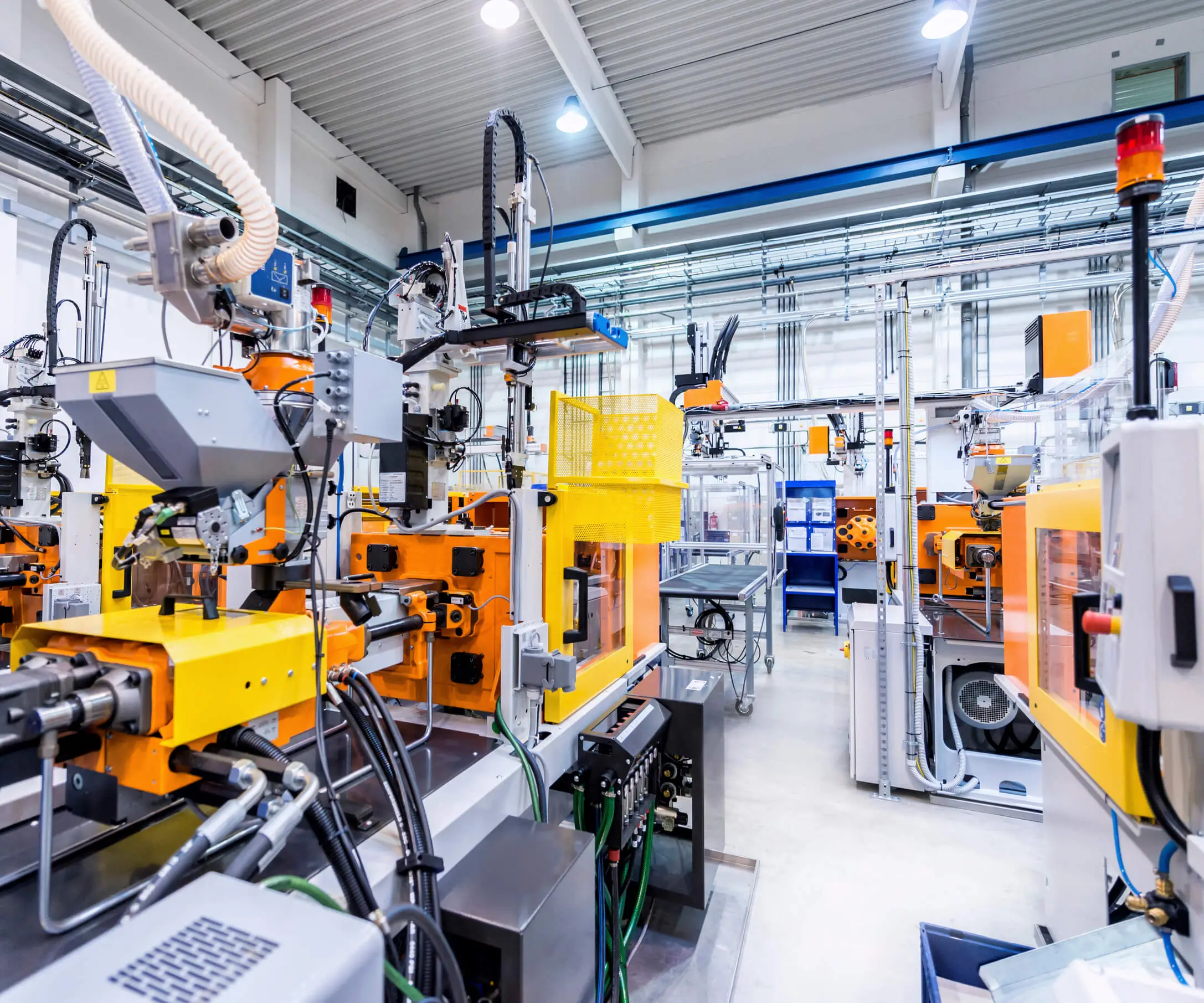The Power Behind the Motion: Introducing the DC Gear Motor with 2 Shafts
In the world of industrial automation, robotics, and precision machinery, few components are as vital—and as fascinating—as the DC gear motor. These small but mighty devices are the backbone of countless applications, converting electrical energy into smooth, controllable mechanical motion. Among the various types of gear motors available, the DC gear motor with 2 shafts stands out as a versatile and highly functional choice, offering unparalleled flexibility for complex systems.

What is a DC Gear Motor with 2 Shafts?
A DC gear motor, in essence, combines a standard DC motor with a gear reduction system. This combination allows the motor to deliver high torque at low speeds, making it suitable for tasks requiring force rather than just speed. The “2 shafts” feature adds an extra layer of utility: it provides two output points, often with different orientations or functionalities, enabling the motor to connect with multiple mechanisms simultaneously or to drive two different systems.
Think of the motor as the heart of your machine—pumping energy, while the two shafts act as its limbs, guiding parts to perform precise actions. Whether one shaft outputs rotational movement and the other perhaps an axial movement, or both are used to synchronize different components, the dual-shaft configuration offers design flexibility that single-shaft motors simply cannot match.
Why Choose a Dual-Shaft Design?
The dual-shaft design is a game-changer. It simplifies assembly, reduces the need for additional gears or couplings, and offers synchronized or independent motion solutions. For example, in robotic arms, one shaft might control the rotational base, while the other manages an attached gripper or tool. In conveyor systems, one shaft could drive the belt, and the other operate an auxiliary device, such as a sensor or sorting arm.
Having two shafts means engineers and designers aren’t limited to one axis of movement or one type of motion. Instead, they can craft more intricate, efficient, and space-saving mechanisms. This readiness for complex motion profiles makes the 2-shaft DC gear motor desirable across diverse sectors—from household appliances to aerospace.
Design and Construction of the 2 Shaft DC Gear Motor
When dissecting the architecture of these gear motors, several elements come into focus. The core is the DC motor—usually a brushed or brushless design—embedded within a sturdy casing. Attached to this motor is the gear train, which typically consists of spur gears, planetary gears, or worm gears, depending on the torque and speed requirements. This gear train reduces the motor's high speed to a more manageable, useful output with increased torque.
The two shafts are positioned strategically—often as parallel or coaxial axes—to maximize functionality. One might be attached directly to the gear train output, delivering rotational motion, while the second shaft could be an auxiliary output, such as a keyed or bearing-mounted extension.
Materials used in manufacturing these parts are selected for durability: metals such as aluminum, steel, or brass are common for gears, while the shafts themselves are often made from hardened steel to withstand continuous operation and high torque loads.
Applications Making a Real Impact
The diversity and adaptability of the DC gear motor with 2 shafts are why they are favored in so many fields. Some prominent sectors utilizing these motors include:
Robotics: actuating joints with precise, synchronized movements Automotive: controlling mechanisms like window regulators or seat adjustments Industrial Automation: powering conveyor belts, automated sorting, and packaging machinery Home Appliances: integrating into washing machines, smart furniture, or adjustable beds Medical Equipment: driving scanner systems and therapeutic devices
In every application, the dual-shaft setup enables the creation of multi-functional, compact, and reliable systems—transforming how machines and devices interact with their environment.
Established in 2005, Kpower has been dedicated to a professional compact motion unit manufacturer, headquartered in Dongguan, Guangdong Province, China.




































